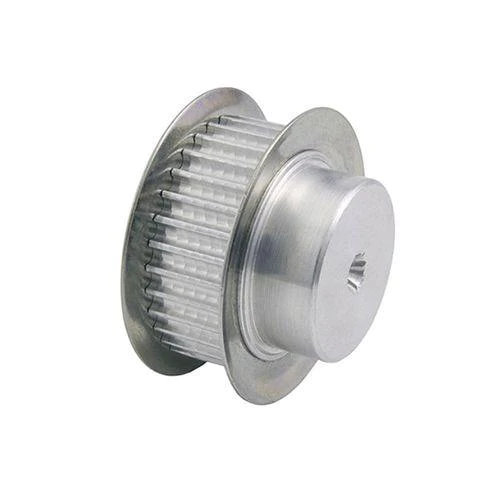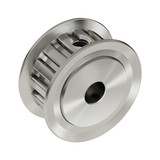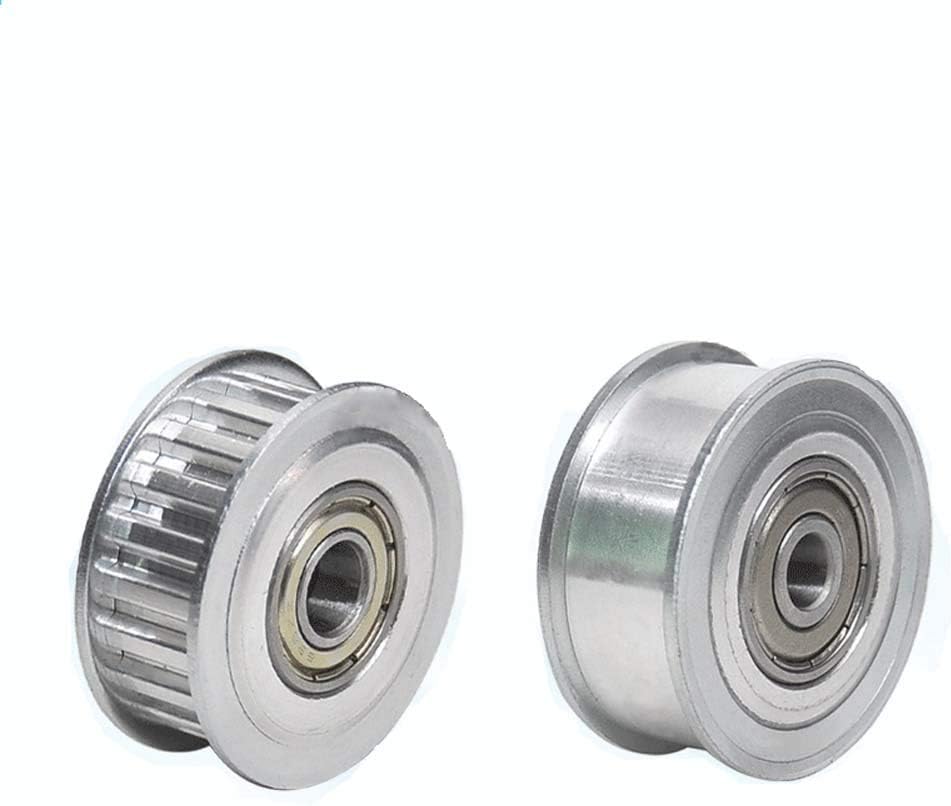Product Description
| Certification | ISO9001:2018 SGS TS16949 |
| Quality | 100% Inspection |
| Machining equipment |
CNC maching,CNC Turning, CNC Milling ,CNC center machine, auto lathe machine, Wire-cutting Machine CNC punching machines, CNC bending machines CNT stamping machine, CNC/auto lathe machine , Drilling machine, Hydraulic machine,Riveting machine , Tapping machine, welding machine, Film attaching machine Aluminum extrusion machine,Casting machine,Plastic injection machine,etc. |
| Materials |
Aluminum, Steel, SPCC, SGCC,SECC, SPTE,Stainless steel, Brass, Copper, Bronze, ABS, PC, PO, POM, Nylon, etc. |
| Surface finish |
Anodized, Oxide, Plating, Brushing, Polishing, Blackened, Powder coating, Sandblasting, Laser engraving Zn-plating, Ni-plating, Cr-plating, Tin-plating, copper-plating, the wreath oxygen resin spraying, the heat disposing, hot-dip galvanizing, black oxide coating, painting, powdering, color zinc-plated, blue black zinc-plated,rust preventive oil, titanium alloy galvanized, silver plating, plastic, electroplating, anodizing etc. |
| Inspection Equipment |
CMM, Projection, Calipers, Micro caliper, Thread Micro caliper, Pin gauge, Caliper gauge, Pass meter, Pass meter etc. |
| Drawing formation | PDF, CAD/DWG/DXF, IGS/STP etc. |
We focus on CNC processing ,cold heading and casting and sheet metal machining services, with more than 150 processing equipment and professional testing equipment, and several professional engineers. We focus on developing the field of hardware parts and provide customers with OEM and ODM services. Through years of accumulation, we have accumulated rich experience and inventory. Our customers have spread all over the world. In order to meet the requirements of different customers, we are constantly expanding our Production capacity and R&D capacity, look CHINAMFG to cooperating with you.
1.We have Specialized QC testers to check the products quality according to customers’ needs.
2.We have IQC to check the dimensions and surface of the incoming material.
3.We have PQC to inspect full-course during the processing.
4.We have FQC to inspect all the plating products from outsides and make the 100% inspection before the shipments.
FAQ
Q1: Why choose ZheJiang n?
To provide our customers with first-class services in the supply of quality screws minimizing costs.
Q2: How is quality ensured?
All our processes strictly adhere to ISO9001:2018 procedures. We have strict quality control from producing to delivery. Our company had strong technology support, 80% of our colleagues are master or bachelor’s degree. We have cultivated a group of managers who are familiar with product quality , good at modern concept of management.
Q3: Can You Strictly Follow The Tolerance on The Drawing And Meet The High Precision?
Yes, we can, we can provide high precision parts and make the parts as your drawing.
Q4: How should I order and make payment?
By T/T, for samples 100% with the order; for production, 30% paid for deposit by T/T before production arrangement, the balance to be paid before shipment. negotiation accepted.
Q5: What’s your Delivery Time?
Standard parts: 7-20days
Non-standard parts: 15-25days
We will make the delivery as soon as possible with the guarantee quality
Q6:How to Custom-made (OEM/ODM)?
If you have a new product drawing or a sample, please send to us, and we can custom-made the as your required. We will also provide our professional advices of the products to make the design to be more realized & maximize the performance.
Q7:Which mode of transport would be better?
In general, the product are heavy, we advice to make delivery by sea, Also we respect your views of other transportation as well.
/* January 22, 2571 19:08:37 */!function(){function s(e,r){var a,o={};try{e&&e.split(“,”).forEach(function(e,t){e&&(a=e.match(/(.*?):(.*)$/))&&1
| Certification: | CE, ISO |
|---|---|
| Pulley Sizes: | Custom |
| Manufacturing Process: | CNC Machining |
| Samples: |
US$ 100/Piece
1 Piece(Min.Order) | Order Sample Custom
|
|---|
| Customization: |
Available
| Customized Request |
|---|
.shipping-cost-tm .tm-status-off{background: none;padding:0;color: #1470cc}
|
Shipping Cost:
Estimated freight per unit. |
about shipping cost and estimated delivery time. |
|---|
| Payment Method: |
|
|---|---|
|
Initial Payment Full Payment |
| Currency: | US$ |
|---|
| Return&refunds: | You can apply for a refund up to 30 days after receipt of the products. |
|---|

What is the impact of tooth pitch and belt compatibility on XL pulley performance?
The tooth pitch and belt compatibility play a significant role in the performance of XL pulleys. Here is a detailed explanation of their impact:
1. Tooth Pitch:
The tooth pitch refers to the distance between the center of one tooth to the center of the adjacent tooth on a pulley. In the case of XL pulleys, they are designed to match XL belts with a specific tooth pitch. The tooth pitch directly affects the pulley’s performance in several ways:
a. Transmission Accuracy:
A precise tooth pitch ensures accurate transmission of motion and power between the pulley and the belt. Any deviation in the tooth pitch can result in inconsistent power transmission, leading to reduced performance and potential system errors.
b. Synchronization:
In applications that require multiple pulleys working together, such as in timing belt systems, maintaining the correct tooth pitch is crucial for proper synchronization. The teeth of the pulleys and belts must mesh precisely to ensure synchronized movement and timing accuracy.
c. Torque Capacity:
The tooth pitch affects the pulley’s torque capacity. A smaller tooth pitch allows for more teeth to engage simultaneously, distributing the load over a greater number of teeth and increasing the torque capacity. XL pulleys with a smaller tooth pitch can handle higher torque loads compared to those with a larger tooth pitch.
2. Belt Compatibility:
The compatibility between the XL pulley and the belt used in the system is crucial for optimal performance. Consider the following aspects of belt compatibility:
a. Size and Dimensions:
The XL pulley and the belt should have compatible sizes and dimensions. This includes the width and length of the belt, as well as the number of teeth on the belt. Proper sizing ensures a secure fit, prevents slippage, and maximizes power transmission efficiency.
b. Tooth Profile:
The tooth profile of the belt should match the tooth profile of the XL pulley. In the case of XL pulleys, the teeth have a trapezoidal shape. Using a belt with a different tooth profile can lead to improper engagement, increased wear, and reduced performance.
c. Material and Construction:
The belt material and construction should be suitable for the intended application and operating conditions. Factors such as the belt’s tensile strength, flexibility, and resistance to wear and temperature influence its compatibility with the XL pulley. Choosing the right belt material ensures optimal performance and longevity.
d. Manufacturer Recommendations:
It is important to refer to the manufacturer’s recommendations and specifications for both the XL pulley and the belt. Manufacturers provide guidelines for selecting compatible belts based on the pulley’s design, tooth pitch, and intended application. Adhering to these recommendations ensures proper performance and avoids compatibility issues.
In summary, the tooth pitch and belt compatibility have a significant impact on the performance of XL pulleys. The tooth pitch influences transmission accuracy, synchronization, and torque capacity. Belt compatibility, including size, dimensions, tooth profile, material, and following manufacturer recommendations, ensures optimal performance and reliable operation of the XL pulley system.

Are there safety considerations when working with XL pulley systems?
Yes, there are several safety considerations that should be taken into account when working with XL pulley systems. Here are some important safety considerations:
1. Lockout/Tagout Procedures:
Before performing any maintenance or repair tasks on a power transmission system involving XL pulleys, it is crucial to follow proper lockout/tagout procedures. This involves isolating the system from its power source and ensuring that it cannot be energized accidentally. Lockout/tagout procedures help prevent unexpected startup of the system, which could cause serious injuries.
2. Personal Protective Equipment (PPE):
Wear appropriate personal protective equipment when working with XL pulley systems. Depending on the specific task and potential hazards, PPE may include safety glasses, gloves, hearing protection, and protective clothing. PPE helps protect against potential injuries from contact with moving parts, flying debris, or noise exposure.
3. Training and Competence:
Ensure that personnel working with XL pulley systems are adequately trained and competent to perform their tasks safely. They should be familiar with the proper procedures for installation, operation, and maintenance of the pulleys. Training should also cover the identification and understanding of potential hazards associated with the system and how to mitigate them.
4. Machine Guards:
Install appropriate machine guards and protective enclosures around the XL pulley systems to prevent accidental contact with moving parts. Guards help minimize the risk of entanglement, pinch points, or injuries caused by the rotating pulleys or the timing belt.
5. Risk Assessment:
Conduct a thorough risk assessment of the XL pulley system and its surrounding environment. Identify and evaluate potential hazards, such as pinch points, sharp edges, or electrical hazards. Implement control measures to mitigate the identified risks, such as implementing interlocks, providing warning signs, or establishing safe work procedures.
6. Regular Maintenance:
Perform regular maintenance and inspection of the XL pulley system to ensure its safe operation. This includes checking for any signs of wear, damage, or misalignment, as well as verifying the integrity of guards and safety devices. Address any maintenance issues promptly to prevent potential safety hazards.
It is important to consult relevant safety standards, guidelines, and regulations specific to your industry and jurisdiction when working with XL pulley systems. Adhering to these safety considerations will help protect personnel from injuries and create a safe working environment when interacting with XL pulley systems.

What materials are typically used in the construction of XL pulleys?
The construction of XL pulleys involves the use of various materials, depending on the specific application requirements, load capacity, and cost considerations. Here are the materials commonly used in the construction of XL pulleys:
1. Aluminum:
Aluminum is a lightweight and corrosion-resistant material commonly used in XL pulleys. It offers good strength-to-weight ratio and excellent machinability, making it suitable for many applications. Aluminum pulleys are often used in robotics, automation systems, and other applications where weight reduction is desirable.
2. Steel:
Steel is a durable and robust material used in XL pulleys for applications that require higher load capacity and strength. Steel pulleys provide excellent resistance to wear and can handle heavy-duty applications. They are commonly used in industrial machinery, automotive components, and other demanding applications.
3. Plastic:
Plastic pulleys are lightweight, cost-effective, and offer good resistance to chemicals and corrosion. They are commonly made from materials such as nylon, acetal, or polycarbonate. Plastic pulleys are used in a variety of applications, including 3D printers, medical devices, and smaller-scale machinery.
4. Composite Materials:
Composite materials, such as fiberglass-reinforced polymers, are sometimes used in the construction of XL pulleys. These materials offer a combination of properties, including high strength, low weight, and resistance to corrosion. Composite pulleys are often used in aerospace, marine, and other specialized applications.
5. Stainless Steel:
Stainless steel is chosen for XL pulleys when corrosion resistance is of utmost importance. Stainless steel pulleys exhibit excellent resistance to rust and corrosion, making them suitable for applications in harsh environments or where exposure to moisture or chemicals is expected.
It’s important to note that the material selection for XL pulleys depends on factors such as the application requirements, load capacity, environmental conditions, and budget constraints. Manufacturers consider these factors to determine the most suitable material for achieving the desired performance and reliability in specific applications.


editor by CX
2024-05-09
